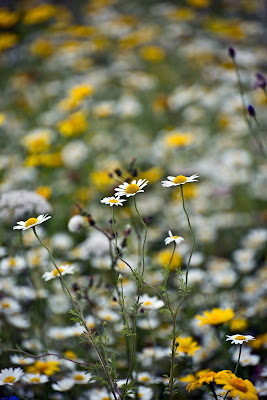I had considered going up to The Trossachs for the day but had set off a tad late so made a late decision to have a drive in to Dumfries and Galloway instead. The last time I went up that way the tide had been in which made a walk to see the cockleshells at Kippford a bit of a waste of time but I could see it was out as I drove past Carlisle.
My first stop was at Caerlaverock Castle and Wetland nature Reserve which for a fiver is a right bargain. Caerlaverock Castle is a moated triangular castle first built in the 13th century and was a stronghold of the Maxwell family from the 13th century until the 17th century when the castle was abandoned. It was besieged by the English during the Wars of Scottish Independence,
and underwent several partial demolitions and reconstructions over the
14th and 15th centuries. In the 17th century, the Maxwells were created Earls of Nithsdale
and built a new lodging within the walls.
In 1640 the castle was besieged for the last time and was subsequently
abandoned. Although demolished and rebuilt several times, the castle
retains the distinctive triangular plan first laid out in the 13th
century. Caerlaverock Castle was built to control trade in early times.
To the south of the Castle there is a woodland and wetland walk which I took advantage of as it was a warm sunny day. The only drawback was that the walks aren't circular so I had to backtrack a few times but it was still very enjoyable. I came across a common frog which kindly let me get close enough to take it's photo but apart from that, sightings of wildlife on the walk was non-existent. I suppose you really need binoculars to see all the wetland sea birds especially with the Solway tide being so far out. There was a nest of swallow chicks in the doorway arch to the castle and dozens of birds flying in and out of the ruins which more than made up for the deficiency elsewhere.
I could have spent longer than I did there and maybe have a coffee but, remembering what had happened the last time, I decided to crack on whilst the tide was out. I nipped in to Morrisons in Dumfries to buy some lunch and then followed the coastal route past Southerness and Sandyhills to Kippford. It's a beautiful spot, situated on the estuary of Urr Water and Rough Firth. I believe the place has a bit of history and in the distant past boats left here for Canada during the Highland Clearances and it was also used by smugglers. I think it was also the major port of the area at one time but these days it seems to be just used for leisure craft.
The short walk through the village to the cockleshell beaches and rocks is a sheer delight. There are herons galore feeding on the sand banks of the estuary and lapwings and oyster catchers calling when the season is right. I was lucky enough to pick a sunny day so I was in no rush to leave. Where the path runs out, there are ample large rocks to sit on and just take in the view over the Rough Firth and Solway Firth beyond. When the tide is out you can also walk across to Rough Island which is a bird sanctuary but this is off limits at certain times of the year when the birds are nesting. May to July I think it is.
On the walk back, I treated myself to an ice cream at The Ark (which is a lovely little gift shop and cafe) before setting off back down to Cumbria.
 |
| Caerlaverock Castle |
 |
| Caerlaverock Castle |
 |
| Caerlaverock Nature Reserve |
 |
| Caerlaverock Nature Reserve |
 |
| Caerlaverock Nature Reserve |
 |
| Castle Woods |
 |
| Castle Woods |
 |
| Caerlaverock Nature Reserve |
 |
| Castle Woods |
 |
| Caerlaverock Nature Reserve |
 |
| Caerlaverock Nature Reserve |
 |
| Caerlaverock Nature Reserve |
 |
| Cockleshells, Kippford |
 |
| Kippford |
 |
| Kippford |
 |
| Kippford |
 |
| Kippford |
 |
| Kippford |
 |
| Rowan tree, Kippford |



























































